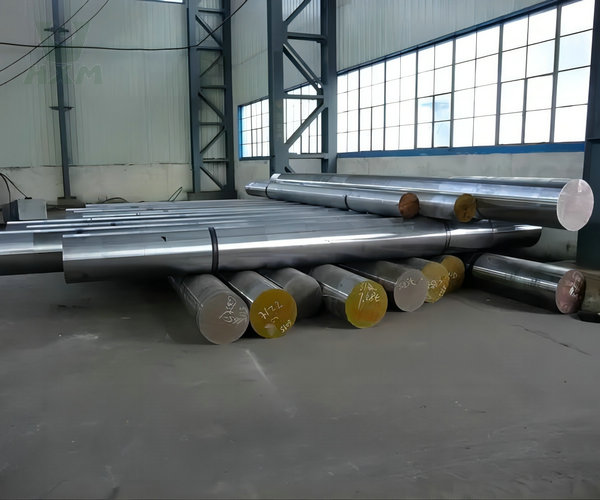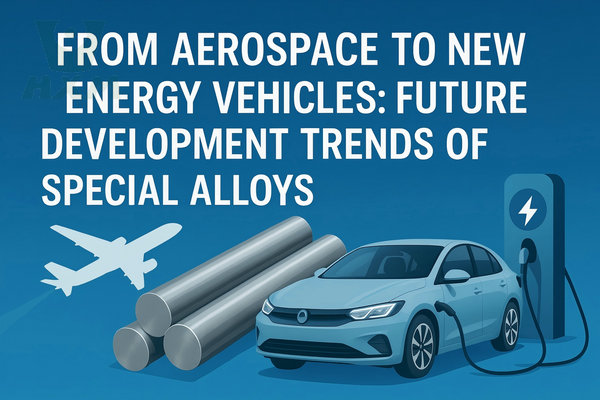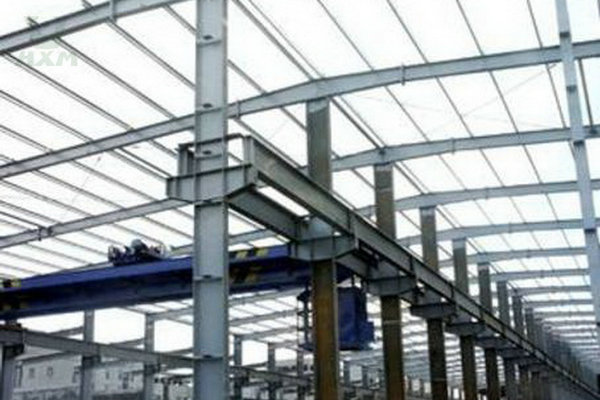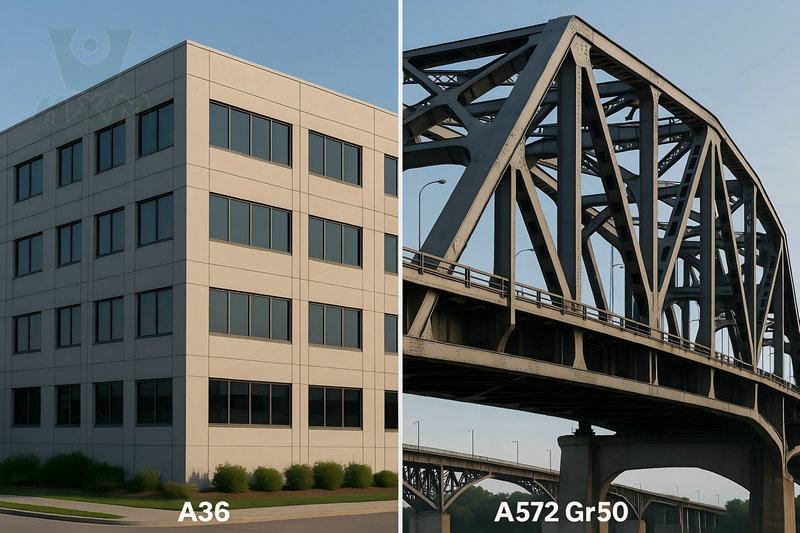Brazil Launches AD Sunset Review Investigation on China Non-Oriented Silicon Steel
On July 12, 2024, the Foreign Trade Secretariat of the Ministry of Development, Industry, Trade and Services of Brazil (Ministério do Desenvolvimento, Indústria, Comércio e Serviços/Secretaria de Comércio Exterior) issued Announcement No. 33 of 2024, in response to the application submitted by Aperam Inox América do Sul S.A., a domestic enterprise in Brazil, on January 26, 2024, to initiate the second anti-dumping sunset review investigation on non-oriented silicon steel (Portuguese: laminados planos de aço aosilício, denominados magnéticos, de grãos não orientados (aço GNO)) originating in mainland China, Taiwan, China and South Korea, and the first anti-dumping sunset review investigation on non-oriented silicon steel originating in Germany.
The Mercosur tariff numbers of the products involved are 7225.19.00 and 7226.19.00. The dumping investigation period of this case is from October 2022 to September 2023, and the injury investigation period is from October 2018 to September 2023. The announcement will take effect from the date of publication.
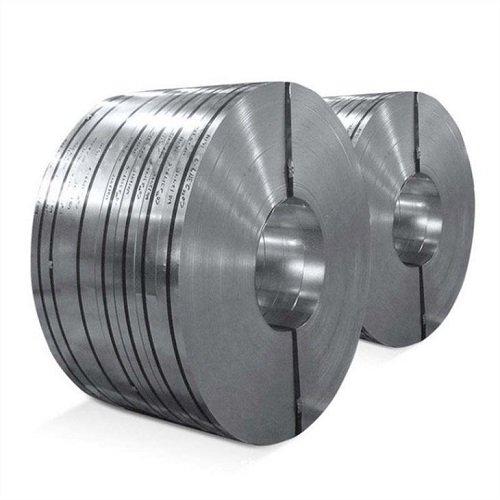
The questionnaire will be sent to exporters/producers, importers, and other domestic manufacturers, and stakeholders should submit their answers through the SEI electronic information system (https://www.gov.br/economia/pt-br/acesso-a-informacao/sei/usuario-externo-1) within 30 days of receiving the questionnaire.
Stakeholders may apply for a hearing within 5 months from the date of initiation of the investigation.
On April 19, 2012, the Brazilian Foreign Trade Secretariat (SECEX) issued Announcement No. 18, initiating an anti-dumping investigation on non-oriented silicon steel originating in mainland China, Taiwan, China, and South Korea. On July 17, 2013, the Brazilian Foreign Trade Commission (CAMEX) issued Resolution No. 49, making a positive final ruling on the case and deciding to impose anti-dumping duties on the products involved in the case from mainland China, Taiwan, and South Korea for 5 years.
The tax amounts are as follows: US$175.94-432.95/ton for mainland China, US$198.34-567.16/ton for Taiwan, and US$132.50-231.40/ton for South Korea. On November 26, 2013, the Brazilian Foreign Trade Commission issued Resolution No. 100, initiating the public interest assessment procedure to adjust the anti-dumping duties.
On August 25, 2014, the Brazilian Foreign Trade Commission issued Resolution No. 74, ending the public interest assessment and deciding to implement anti-dumping measures on non-oriented silicon steel originating from mainland China, Taiwan, and South Korea in the form of quotas, with a quota of 45,000 tons, valid until August 15, 2015. On June 22, 2015, the Brazilian Foreign Trade Commission issued Announcement No. 60, initiating the public interest assessment procedure and re-determining the anti-dumping duties on non-oriented silicon steel from mainland China, Taiwan, China, and South Korea.
On August 13, 2015, the Brazilian Foreign Trade Commission issued Resolution No. 79, deciding that from August 16, 2015, to November 13, 2015 (90 days), the quota of the products involved in the case from mainland China, Taiwan, China, and South Korea is 11,250 tons, and the products involved within the quota are not taxed. On November 5, 2015, the Brazilian Foreign Trade Commission issued Resolution No. 108, ending the public interest assessment and deciding to adjust the anti-dumping measures on the products involved in the case from mainland China, Taiwan, China, and South Korea, and continue to impose anti-dumping duties. The adjusted tax amounts are all US$90.00-132.50/ton.
On July 16, 2018, the Brazilian Foreign Trade Secretariat issued Announcement No. 27, launching the first anti-dumping sunset review investigation on non-oriented silicon steel from mainland China, Taiwan, China, and South Korea. On July 15, 2019, the Brazilian Ministry of Economy issued Order No. 495 of July 12, 2019, making an affirmative final ruling on the case and recommending that anti-dumping duties continue to be imposed on the products involved for 5 years, as follows: Mainland China is US$216.22-432.95/ton, South Korea is US$132.50-231.40/ton, and Taiwan, China is US$166.23-567.16/ton; out of public interest, Brazil will adjust the above anti-dumping duties to US$90.00-166.32/ton for mainland China, US$132.50-166.32/ton for South Korea, and US$90.00-166.32/ton for Taiwan, China, with a validity period of 1 year.
On May 10, 2018, the Brazilian Foreign Trade Commission issued Announcement No. 21 of 2018, initiating an anti-dumping investigation on non-oriented silicon steel originating from Germany. On July 15, 2019, the Brazilian Ministry of Economy issued Order No. 494, making an affirmative final ruling on the case, and recommending the imposition of a 5-year anti-dumping duty of US$646.42/ton on the German products involved. On August 8, 2019, the Brazilian Ministry of Economy issued Order No. 152, adjusting the final anti-dumping duty to US$166.23/ton for public interest considerations, with a validity period of 1 year.
On July 15, 2020, the Management and Executive Committee of the Brazilian Foreign Trade Commission (GECEX) issued Resolution No. 68 of 2020. For reasons of public interest, it decided to maintain the final anti-dumping duties stipulated in Decrees No. 494 and 495 of the Brazilian Ministry of Economy for the remaining period of the anti-dumping measures, which are as follows: US$90.00-166.32/ton for Mainland China, US$132.50-166.32/ton for South Korea, US$90.00-166.32/ton for Taiwan, China, and US$166.23/ton for Germany.

